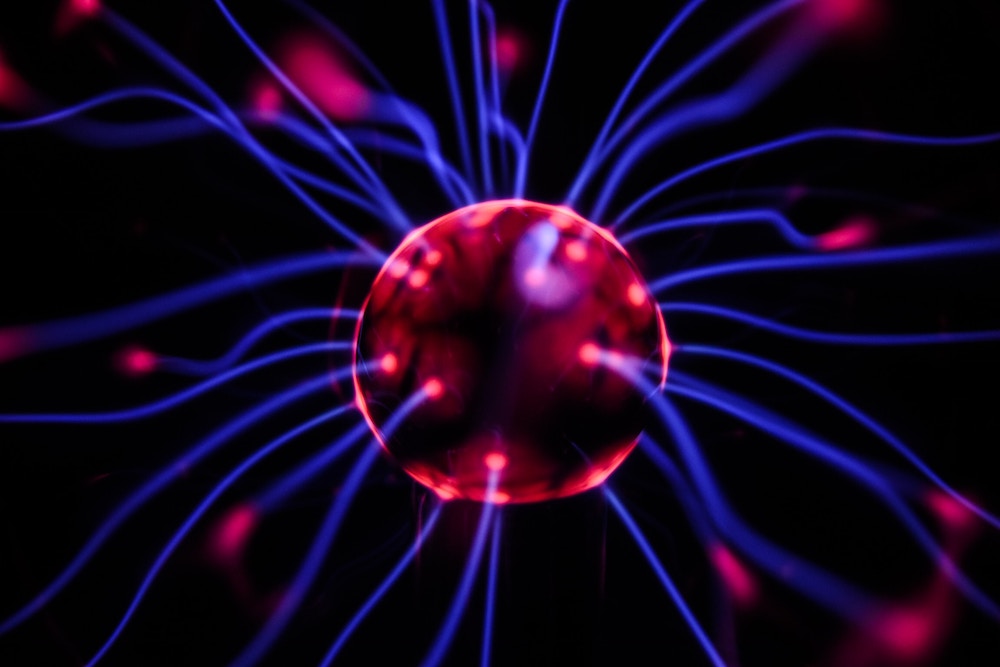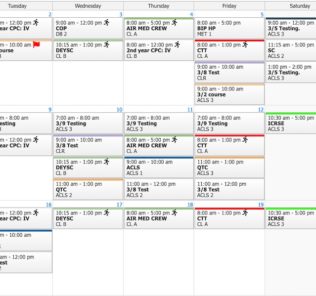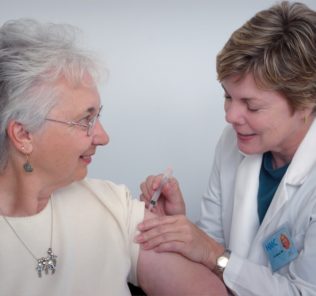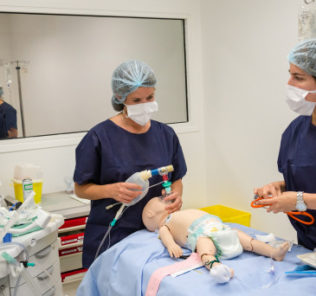TechTrends Report: VR is Perfect for Training Clinical Skills
In this “TechTrends Report: Building Healthcare Expertise With VR” , Science, Sports and Training Correspondent and CEO of Cognitive Design and Statistical Consulting Todd Maddox shows how VR is ideal for building healthcare expertise because it effectively recruits the appropriate brain regions and speeds the transition in brain processing from novice to expert. This is a great resource for those interested in learning more about the neurology of learning healthcare skills through virtual reality experiences! Link to full article below.
TechTrends Article Excerpt from Todd Maddox
Learning science—the marriage of psychology and brain science–makes clear that knowledge acquisition and skill acquisition are mediated by distinct learning systems in the brain that each have their own unique processing characteristics. Thus, developing knowledge-based expertise is distinct from developing skill-based expertise. Gaining a solid knowledge base, such as knowing anatomy and physiology, what symptoms are associated with a specific disease, or the nature of specific drug interactions relies on the cognitive skills learning system in the brain, which has evolved to obtain knowledge and facts and to tie those to specific situations. I refer to this as the “what” system. Cognitive skill learning is mediated by the prefrontal cortex, hippocampus and associated medial temporal lobe structures in the brain and relies heavily on working memory and attention.
Sponsored Content:
For example, if you are learning anatomy and physiology you might steal away in a quiet place, focus on the text book with its written descriptions, schematics and pictures and you would use focused attention to study the material. You might set the textbook aside and test yourself by identifying relevant structures from memory. You might do this several days in a row for weeks until you have developed expertise.
Spaced mental repetition is the key to long-term memory storage in the hippocampus and medial temporal lobe structures. I refer to these procedures as those that “Train for Retention”. Once information is stored in long-term memory it is quickly, accurately, and effortlessly retrieved. This also frees up working memory and attention to focus on other cognitively demanding tasks.
Obtaining a strong behavioral repertoire or skill set, such as knowing how to draw blood, maintain a central line, or conduct brain surgery relies on the behavioral skills learning system in the brain. It is one thing to know what to do, but it is completely different (and mediated by different brain systems) to know how to do it. I refer to this as the “how” system.
Suppose you are a medical professional in training who needs to learn the proper way to hold and use a scalpel. The specific training scenario is represented in the brain as a collection of sensory inputs (e.g., visual, auditory, tactile; red arrow). Collections of neurons that represent the current situation are active and project down into the basal ganglia (in purple). There they connect with neurons that project from the basal ganglia to motor regions (red arrow) that initiate some behavior with the scalpel (e.g., cutting the skin).
Sponsored Content:
If the behavior is successful, that behavior is rewarded. In this case, dopamine will be released into the basal ganglia, the neural connections that drove that behavior will be strengthened, and the likelihood that behavior will be elicited again under the same situation will increase. Suppose instead that the behavior was unsuccessful. In this case the behavior was punished, dopamine will not be released, the neural connections that drive that behavior will be weakened, and the likelihood that behavior will be elicited again under the same situation will decrease.
VR is ripe for application in the healthcare sector and for speeding the transition from novice to expert. Although medical professionals may enter the healthcare arena with proficiency in their knowledge and skills, all too often training is ongoing and on-the-job as they work toward mastery, expertise, and broad-based situational awareness.
VR and other immersive tools such as augmented and mixed reality hold the promise to speed the development of expertise before the medical professional enters the healthcare arena. These technologies can also be of significant value for patients to facilitate their understanding of specific medical conditions and to facilitate patient training for at-home medical procedures. A deeper understanding through experience will reduce stress for patients and providers and enhance satisfaction for both.
Read the Full TechTrends Articles on VR Training in Healthcare Here!
Lance Baily, BA, EMT-B, is the Founder / CEO of HealthySimulation.com, which he started in 2010 while serving as the Director of the Nevada System of Higher Education’s Clinical Simulation Center of Las Vegas. Lance also founded SimGHOSTS.org, the world’s only non-profit organization dedicated to supporting professionals operating healthcare simulation technologies. His co-edited Book: “Comprehensive Healthcare Simulation: Operations, Technology, and Innovative Practice” is cited as a key source for professional certification in the industry. Lance’s background also includes serving as a Simulation Technology Specialist for the LA Community College District, EMS fire fighting, Hollywood movie production, rescue diving, and global travel. He and his wife live with their two brilliant daughters and one crazy dachshund in Las Vegas, Nevada.
Sponsored Content:


















